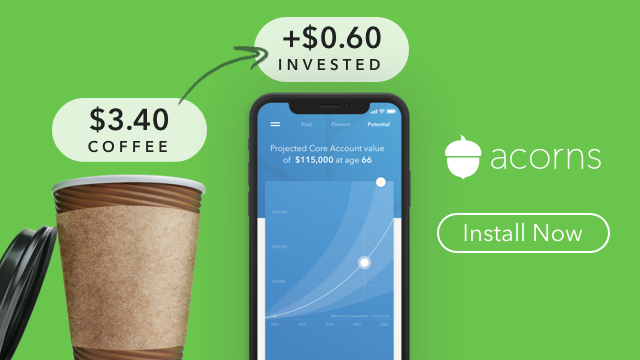Are Buying Bonds Smart?
Let’s talk about buying bonds.
A mix of bonds in your portfolio could be a good choice depending on your economic outlook and circumstance.
A Short Introduction to Savings Bonds
In simplest terms, a bond is a certificate representing the existence of an outstanding sum owed to the holder of the bond by the issuer of the same. The bond-holder is entitled to receive both the principal and the interest on the principal throughout the period of the bond. In this, a bond is much the same as a loan.
Bonds can be issued by numerous entities that range from public institutions to businesses and nonprofits. A savings bond refers to a kind of bond issued by governments, which are aimed at members of the public rather than financial institutions. As a result, a US savings bond refers to a savings bond issued by the US Department of the Treasury for the purpose of financing the United States.
What Makes US Savings Bonds So Special?
A saving bond is much the same as other financial instruments in that it comes with both risks and returns. Risk is the chance that the investment outcome will be unexpected, while return is the compensation that the holder can expect to receive. Under most circumstances, a higher risk means a higher return because that is needed to convince investors to purchase the financial instrument in spite of the increased risk.
What makes US saving bonds so special is the belief that the United States will never default on its debt obligations. In fact, this belief is so strong that US saving bonds are considered to be risk-free, or at least so close to being risk-free that there is no meaningful difference. This makes US saving bonds the safest financial instruments available to investors, which is not something that can be said of saving bonds issued by some of the other governments in the world.
With that said, the risk-free nature of US saving bonds is what makes them attractive, meaning that said financial instruments tend to provide smaller returns than their counterparts.
Under What Circumstances Should Someone Invest in US Savings Bonds?
One of the most common reasons that investors visit US Treasury Direct to buy US savings bonds is to reduce the risk of their portfolios in bad economic times. In fact, such interest is so high that US savings bonds are considered to be counter-cyclical, meaning that their values tend to rise rather than fall in bad economic times.
However, it is important to note that US savings bonds have uses outside of bad economic times. People who are saving up for retirement may want to have part of their portfolios invested in bonds rather than stocks so as to reduce their risk. In general, the rule is that young people should have more stocks than bonds so as to grow their portfolios as much as possible without taking on excessive risk. Over time, as they approach retirement age, that ratio should reverse so that they can count on their wealth to be there when they need it in spite of the ever-changing market.
 Follow
Follow
